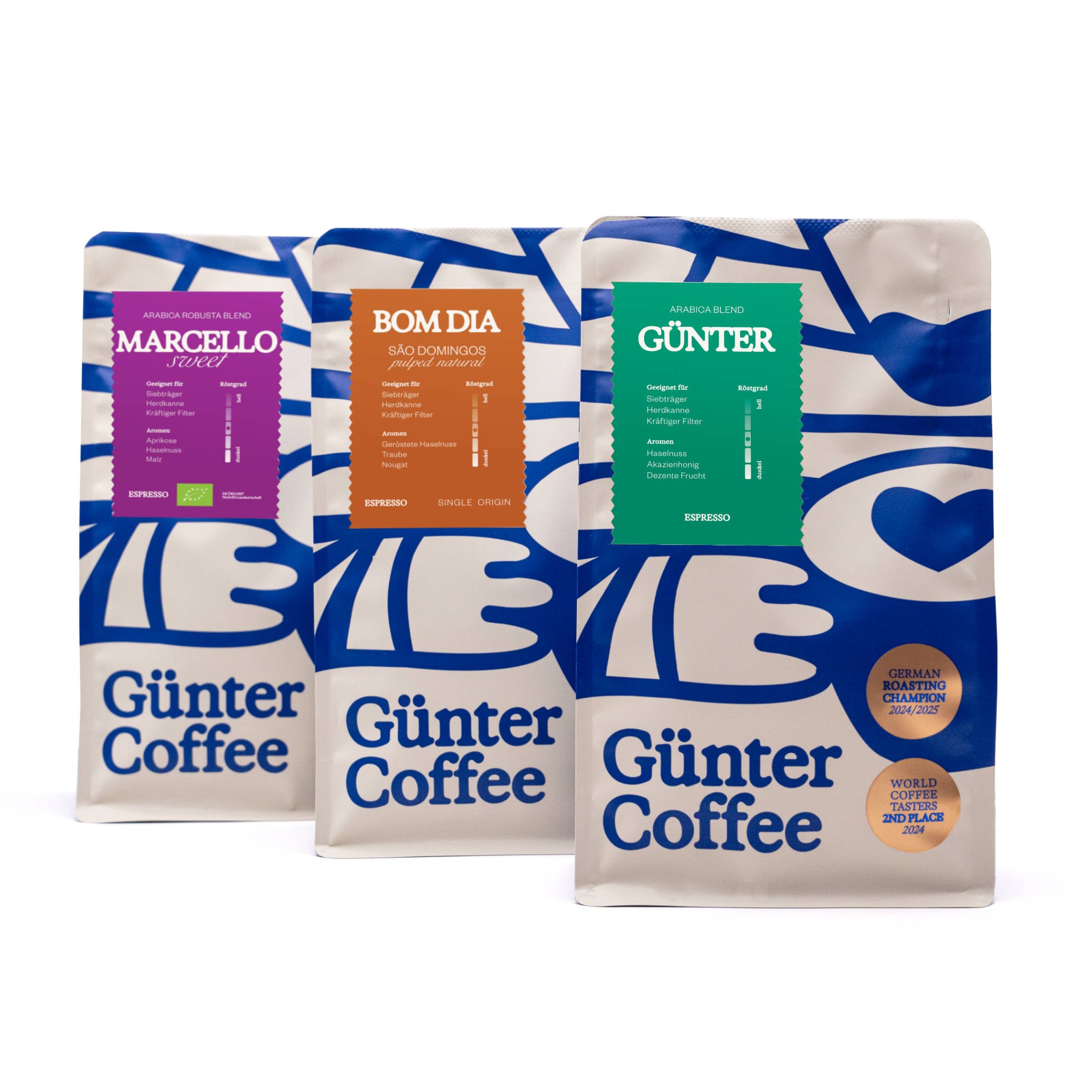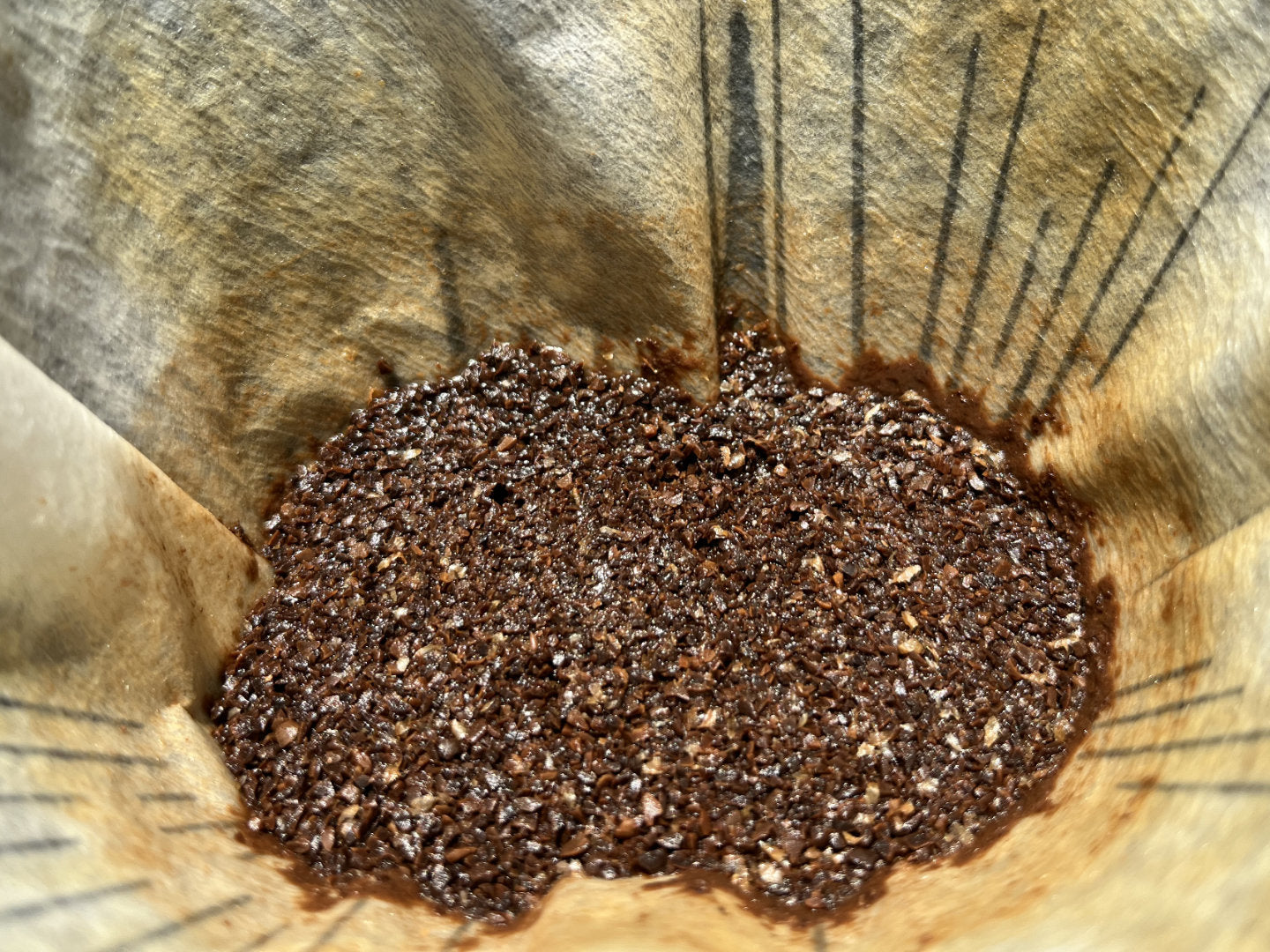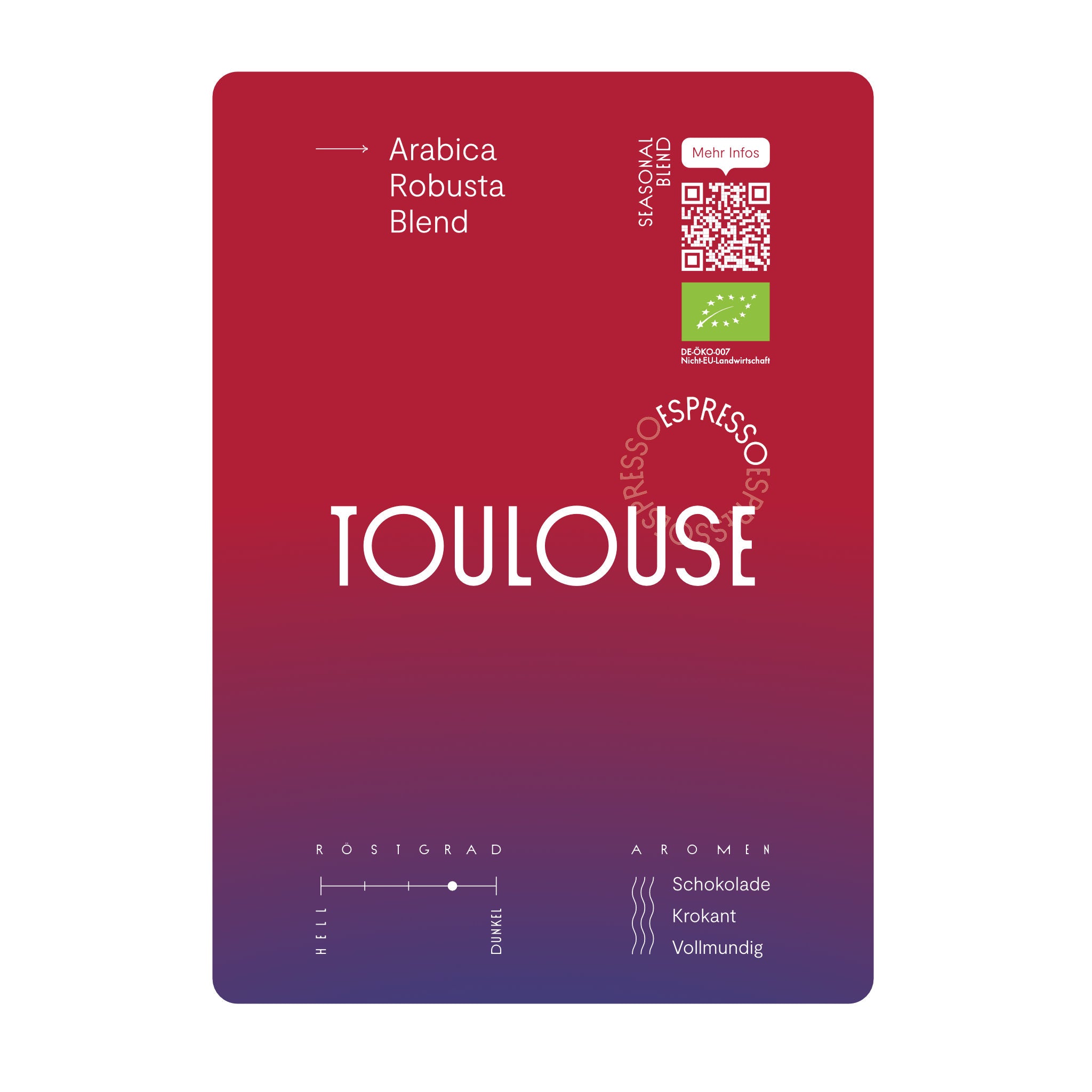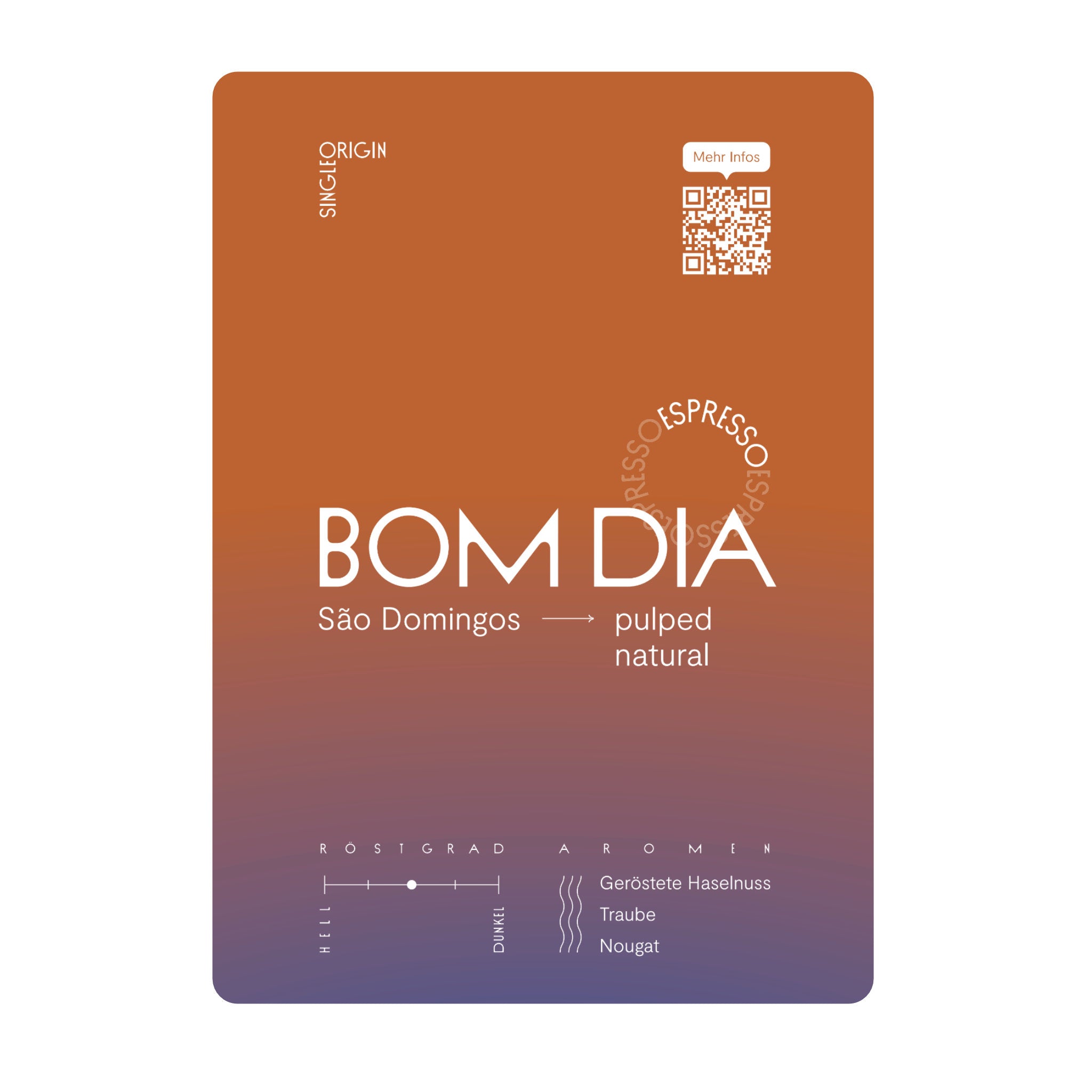Coffee grounds are great as a natural fertilizer for plants. It brings nutrients such as nitrogen, phosphorus, potassium and a few others. Mixed under the soil, they ensure better growth and healthier plants. The natural acid and caffeine also help against pests and fungi. Surprising? No. After all, the coffee plant developed its caffeine to ward off predators.
Before we start upcycling coffee grounds, there are a few things to consider. Just because coffee is a good fertilizer for some plants, it doesn't mean that all plants like it.
For which plants coffee grounds help as fertilizer - and for which they don't
Strawberries and blueberries are almost as big coffee fans as we are. Cucumbers, tomatoes and zucchini also like acidic soil and the nutrients from coffee grounds. Nitrogen, phosphorus and potassium allow leaves, flowers and fruits to grow better and ensure stable, more robust plants. This also applies to ornamental plants such as azaleas, hydrangeas, camellias, petunias, rhododendrons and citrus plants. They also feel right at home on acidic soil.
The acidic, nutrient-rich coffee grounds are not recommended for seedlings and very young plants. The dose is crucial for houseplants because mold can quickly develop here. Let’s now look at how we avoid this.
Instructions: Use coffee grounds as fertilizer
There are two ways to recycle our coffee grounds as fertilizer. Either we use it as a dry fertilizer, which means it lasts longer and works in the soil, or we mix a liquid fertilizer. The latter may have a shorter effect but it also requires less effort. For houseplants, we recommend variant 1 or cold coffee without leftover coffee grounds.
Variant 1: Dry fertilizer made from coffee grounds
- Before using it as fertilizer, we have to dry the coffee grounds. The best way to do this is to spread it out flat so that air can reach it from all sides. If the coffee grounds are still wet, mold quickly forms, which does more harm than good to our plants.
- Once the coffee grounds have dried, we spread them around our plant. In the garden we use higher doses of fertilizer than we do with our houseplants. We then mix soil and coffee grounds, or leave the coffee grounds on the ground as a “top dressing”.
Variant 2: Liquid fertilizer made from coffee grounds and water
- Another variant is to use a liquid fertilizer. To do this, we put a cup of coffee grounds in a bucket of water and let the mixture steep for a few hours.
- We then pour the liquid fertilizer into a watering can and water our plants. It is enough to fertilize with our mixture once a week or less often.
Natural protection against snails and fungus gnats
For some species of snails, coffee grounds are a real horror. The same applies to fungus gnats, which like to nest in the soil of houseplants. Spreading dried coffee grounds in a thin layer on the surface of the soil helps. To prevent snails from eating our precious plants, we spread a small barrier made of coffee grounds around our beds in the garden.
Unfortunately, we have not yet found out which species of snails are not affected by this. If you have already gained experience, please let us know!






















1 comment
Klaus Lesch
Den Aufwand zum Trocknen können Sie reduzieren.
Ich baute mir einen Kaffeesatztrockner zum an die Wand hängen.
Der ist aus recyceltem Altholz und funktioniert ganz ohne zusätzliche Energie von außen. Nur durch Luft. Nach 6 bis 12 Stunden ist der Satz vollkommen trocken. Den können Sie einfach über die Kaffemaschine an die Wand hängen. Ein kleiner Nagel genügt.
Also nix Elektriktrik und in der Wohnung umhertragen.
https://ww3.cad.de/foren/ubb/Forum450/HTML/001084.shtml
Den Aufwand zum Trocknen können Sie reduzieren.
Ich baute mir einen Kaffeesatztrockner zum an die Wand hängen.
Der ist aus recyceltem Altholz und funktioniert ganz ohne zusätzliche Energie von außen. Nur durch Luft. Nach 6 bis 12 Stunden ist der Satz vollkommen trocken. Den können Sie einfach über die Kaffemaschine an die Wand hängen. Ein kleiner Nagel genügt.
Also nix Elektriktrik und in der Wohnung umhertragen.
https://ww3.cad.de/foren/ubb/Forum450/HTML/001084.shtml